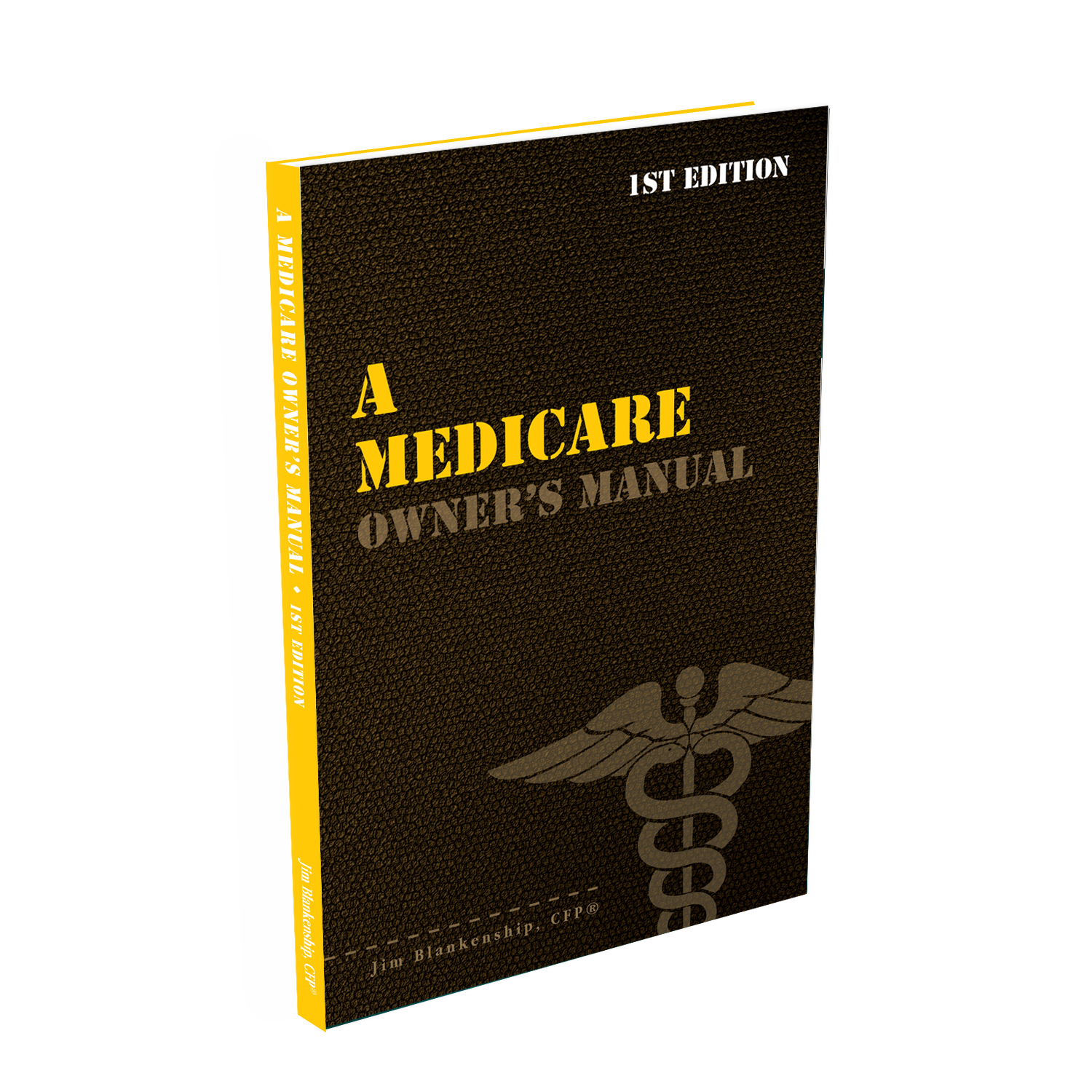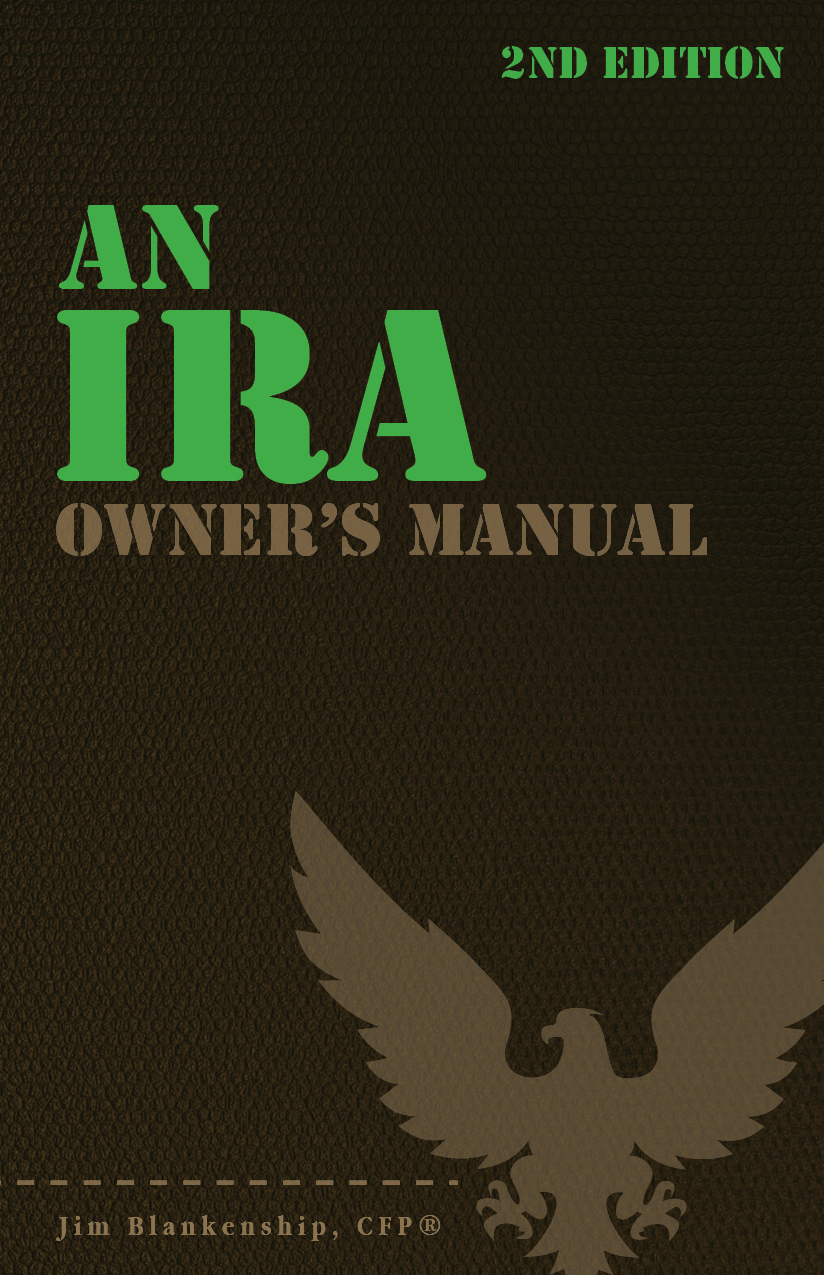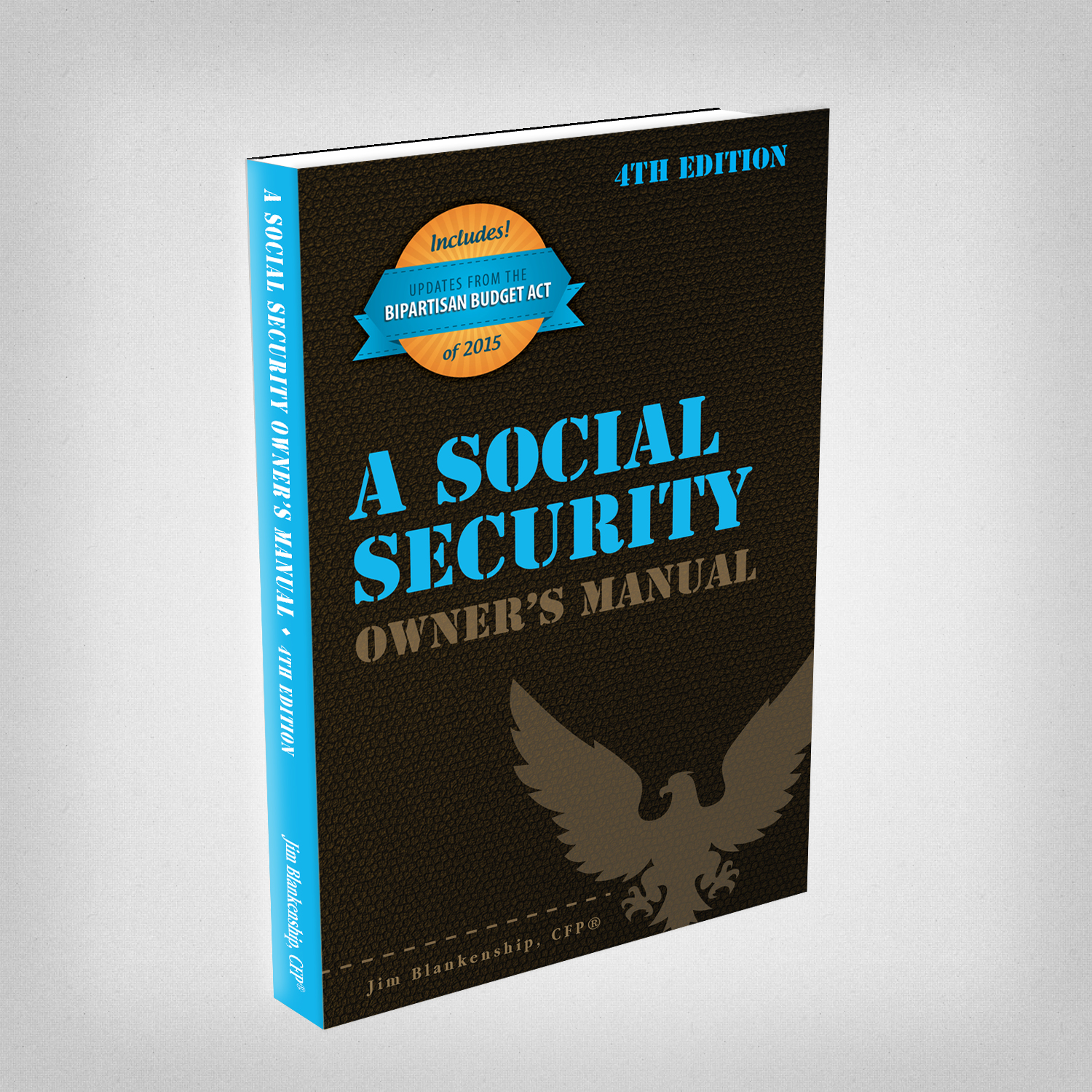In addition to the 72(t) exception available for folks with a QDRO (see this post), there is also the question of how a QDRO impacts an established Series of Substantially Equal Periodic Payments (SOSEPP) – which, as we know, once established can only be changed one time.

Photo credit: jb
Although not definitive, below are summaries of three Private Letter Rulings (PLRs) that seem to suggest first of all that making the distribution is not subject to the 10% penalty when a QDRO or divorce decree is involved, pursuant to the regulation in Code section 72(t)(4)(A)(ii).
Private Letter Rulings for SOSEPP
1) The transfer to a taxpayer’s spouse pursuant to a divorce decree of 50% of each of three separate IRAs owned by the taxpayer from which the taxpayer had already begun receiving “substantially equal periodic payments” did not result in a modification where the taxpayer’s spouse was two years younger and would commence receiving similar payments such that the total of periodic payments to the taxpayer and his spouse subsequent to the division would be substantially equal to the periodic payments received by the taxpayer prior to the division. PLR 9739044
2) In PLR 200027060, the IRS rules that a spouse after the divorce, that received a portion of the client’s IRA accounts that were being used to fund a SEPP, didn’t need to continue the payments since it was a transfer under Code section 408(d)(6). What about the client – did all the payments have to be continued out of what remained of his accounts?
2a) Later in PLR 200050046 (with similar facts) the IRS ruled in favor of the taxpayer. “The reduction in the annual distribution from IRA 1 to Taxpayer A beginning in calendar year 2001, prior to Taxpayer A’s attaining age 59 1/2 , and assuming Taxpayer A has not died and has not become permanently disabled, will not constitute a subsequent modification in his series of periodic payments, as the term “subsequent modification” is used in Code section 72(t)(4), and will not result in the imposition upon Taxpayer A of the 10 percent additional income tax imposed by Code section 72(t)(1) pursuant to Code section 72(t)(4)(A)(ii).
In other PLRs, it has further been ruled that the IRA owner may reduce the 72(t) payment amount by the same percentage as the reduction in the overall account by distribution to the former spouse. This is the case for a QDRO granting a division of a qualified plan or a divorce decree granting a division of an IRA when the SOSEPP has already been set up. In these cases, the former spouse who receives the proceeds from the IRA or qualified plan was not required to continue a 72(t) payment plan – the funds could be rolled over into an IRA, or left in the plan as is.
It is also important to note that the RMD (Required Minimum Distribution) for the year of the transfer is still dependent upon the previous end-of-year balance in the account – and could be adjusted for the following year if a favorable PLR is reached for the case.


 Sterling Raskie, MSFS, CFP®, ChFC®
Sterling Raskie, MSFS, CFP®, ChFC® The latest in our Owner’s Manual series, A 401(k) Owner’s Manual, was published in January 2020 and is available on
The latest in our Owner’s Manual series, A 401(k) Owner’s Manual, was published in January 2020 and is available on  A Medicare Owner’s Manual, is updated with 2020 facts and figures. This manual is available on
A Medicare Owner’s Manual, is updated with 2020 facts and figures. This manual is available on  Social Security for the Suddenly Single can be found on Amazon at
Social Security for the Suddenly Single can be found on Amazon at  Sterling’s first book, Lose Weight Save Money, can be
Sterling’s first book, Lose Weight Save Money, can be  An IRA Owner’s Manual, 2nd Edition is available for purchase on Amazon. Click the link to choose the
An IRA Owner’s Manual, 2nd Edition is available for purchase on Amazon. Click the link to choose the  Jim’s book – A Social Security Owner’s Manual, is now available on Amazon. Click this link for the
Jim’s book – A Social Security Owner’s Manual, is now available on Amazon. Click this link for the  And if you’ve come here to learn about queuing waterfowl, I apologize for the confusion. You may want to discuss your question with Lester, my loyal watchduck and self-proclaimed “advisor’s advisor”.
And if you’ve come here to learn about queuing waterfowl, I apologize for the confusion. You may want to discuss your question with Lester, my loyal watchduck and self-proclaimed “advisor’s advisor”.